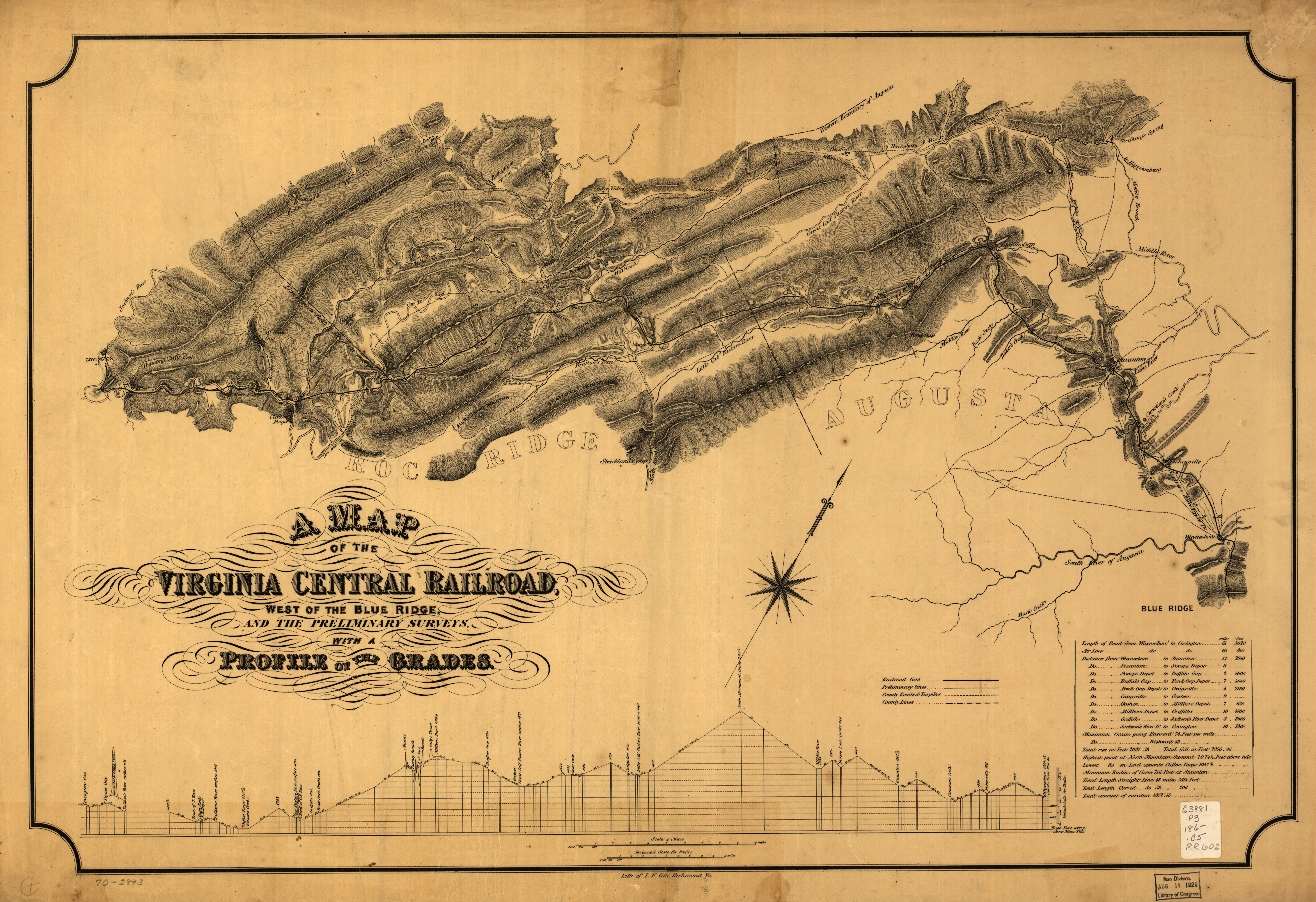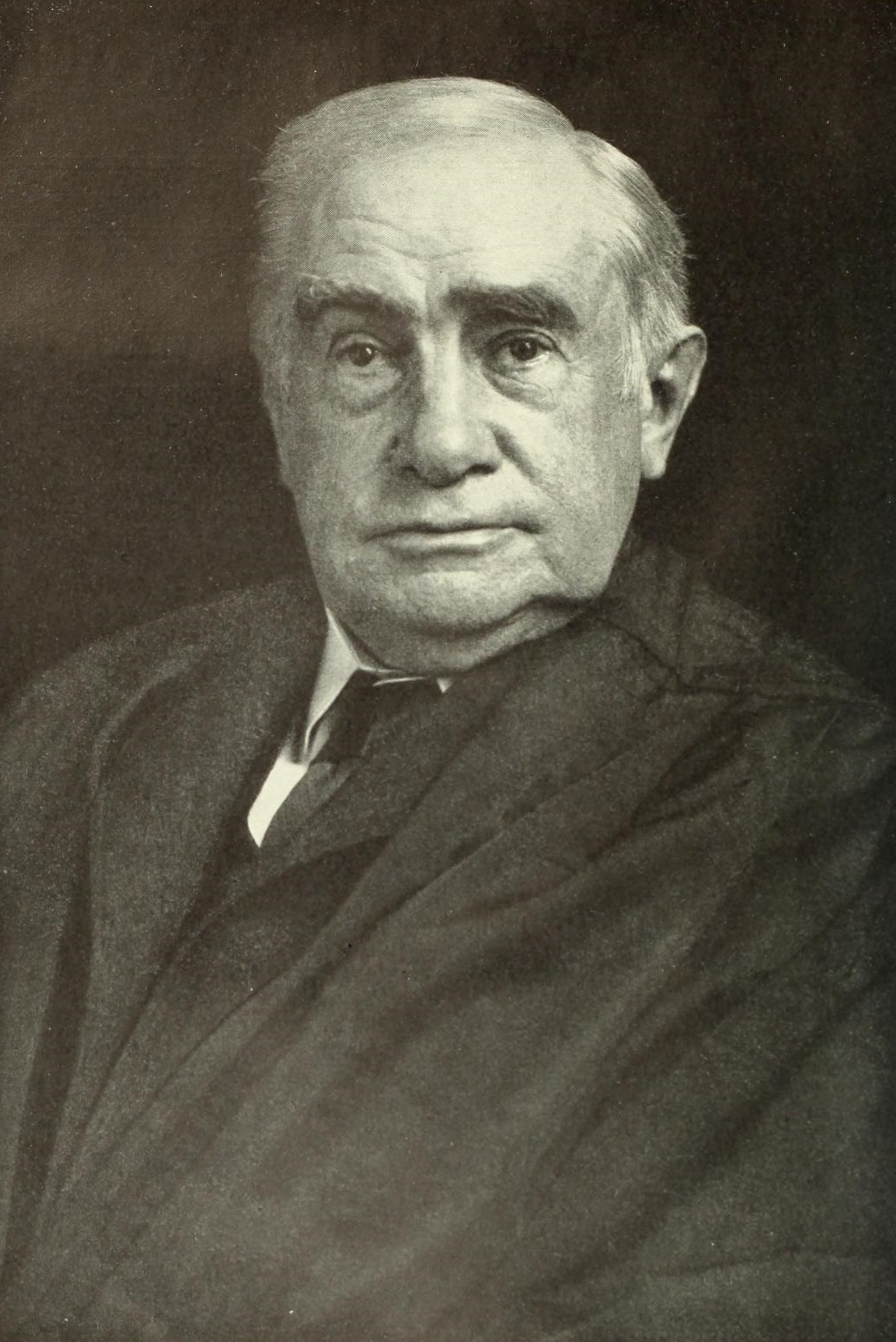|
Beaverdam Depot
Beaverdam Depot is a historic railway depot located at Beaverdam, Hanover County, Virginia. History The Richmond, Fredericksburg and Potomac Railroad built a station at Beaverdam on its Louisa line at some time between 1836 and 1840. The railroad's president, Edward Fontaine, lived nearby. The 36 mile Louisa branch connected Louisa with Hanover Junction. Louisa County farmers could thus ship their produce to the port at Aquia on the Potomac River as well as to Richmond, Virginia. During the 1840s, the Commonwealth of Virginia helped finance extension of this branch westward over the Blue Ridge Mountains to Covington in Allegheny County. In 1850 the railroad line's name was changed the Virginia Central Railroad. The station and railroad proved strategic during the American Civil War, both for troop movement and for transport and storage of military supplies. The wood frame depot changed hands and was destroyed at least three times. On July 20, 1862, John Mosby was captured ... [...More Info...] [...Related Items...] OR: [Wikipedia] [Google] [Baidu] |
Virginia Central Railroad
The Virginia Central Railroad was an early railroad in the U.S. state of Virginia that operated between 1850 and 1868 from Richmond westward for to Covington. Chartered in 1836 as the Louisa Railroad by the Virginia General Assembly, the railroad began near the Richmond, Fredericksburg and Potomac Railroad's line and expanded westward to Orange County, reaching Gordonsville by 1840. In 1849, the Blue Ridge Railroad was chartered to construct a line over the Blue Ridge Mountains for the Louisa Railroad which reached the base of the Blue Ridge in 1852. After a decision from the U.S. Supreme Court, the Louisa Railroad was allowed to expand eastward from a point near Doswell to Richmond. Renamed as the Virginia Central Railroad in 1850, the railroad bypassed the under construction Blue Ridge Railroad via a temporary track built over Rockfish Gap. This connected the railroad's eastern division with its expanding line across the Blue Ridge in the Shenandoah Valley. Having reac ... [...More Info...] [...Related Items...] OR: [Wikipedia] [Google] [Baidu] |
Beaverdam, Virginia
Beaverdam is a small unincorporated community in Hanover County in the central region of the U.S. state of Virginia. The community was named after the beaver dams in the area. It is the location of four historic locations listed on the National Register of Historic Places: Scotchtown, a residence of Patrick Henry, the Beaverdam Depot, Dewberry, and Trinity Church. It was also the childhood home of Thomas Nelson Page, a notable author and American diplomat in the 20th century. Consisting primarily of farmland, today it is an outlying suburb of Richmond. The railroad still passes through, operated by the Buckingham Branch Railroad, a Virginia-based short line railroad. Beaverdam Elementary School of Hanover County Public Schools celebrated their centennial anniversary in 2006. The former New York Jet, Damien Woody, lives here. U. S. Racing Hall of Fame jockey Ted Atkinson Theodore Frederick Atkinson (June 17, 1916 – May 5, 2005) was a Canadian-born American thorough ... [...More Info...] [...Related Items...] OR: [Wikipedia] [Google] [Baidu] |
Stonewall Jackson
Thomas Jonathan "Stonewall" Jackson (January 21, 1824 – May 10, 1863) was a Confederate general during the American Civil War, considered one of the best-known Confederate commanders, after Robert E. Lee. He played a prominent role in nearly all military engagements in the Eastern Theater of the war until his death, and had a key part in winning many significant battles. Military historians regard him as one of the most gifted tactical commanders in U.S. history. Born in what was then part of Virginia (now in West Virginia), Jackson received an appointment to the United States Military Academy at West Point and graduated in the class of 1846. He served in the U.S. Army during the Mexican–American War of 1846–1848 and distinguished himself at Chapultepec. From 1851 to 1861, he taught at the Virginia Military Institute, where he was unpopular with his students. When Virginia seceded from the Union in May 1861 after the attack on Fort Sumter, Jackson joined the Confed ... [...More Info...] [...Related Items...] OR: [Wikipedia] [Google] [Baidu] |
National Register Of Historic Places In Hanover County, Virginia
__NOTOC__ This is a list of the National Register of Historic Places listings in Hanover County, Virginia. This is intended to be a complete list of the properties and districts on the National Register of Historic Places in Hanover County, Virginia, United States. The locations of National Register properties and districts for which the latitude and longitude coordinates are included below, may be seen in an online map. There are 45 properties and districts listed on the National Register in the county, including 3 National Historic Landmarks. Current listings See also * List of National Historic Landmarks in Virginia * National Register of Historic Places listings in Virginia * National Register of Historic Places listings in Richmond, Virginia References {{Hanover County, Virginia Hanover Hanover (; german: Hannover ; nds, Hannober) is the capital and largest city of the German state of Lower Saxony. Its 535 ... [...More Info...] [...Related Items...] OR: [Wikipedia] [Google] [Baidu] |
Buildings And Structures In Hanover County, Virginia
A building, or edifice, is an enclosed structure with a roof and walls standing more or less permanently in one place, such as a house or factory (although there's also portable buildings). Buildings come in a variety of sizes, shapes, and functions, and have been adapted throughout history for a wide number of factors, from building materials available, to weather conditions, land prices, ground conditions, specific uses, prestige, and aesthetic reasons. To better understand the term ''building'' compare the list of nonbuilding structures. Buildings serve several societal needs – primarily as shelter from weather, security, living space, privacy, to store belongings, and to comfortably live and work. A building as a shelter represents a physical division of the human habitat (a place of comfort and safety) and the ''outside'' (a place that at times may be harsh and harmful). Ever since the first cave paintings, buildings have also become objects or canvasses of much artistic ... [...More Info...] [...Related Items...] OR: [Wikipedia] [Google] [Baidu] |
Transport Infrastructure Completed In 1866
Transport (in British English), or transportation (in American English), is the intentional movement of humans, animals, and goods from one location to another. Modes of transport include air, land (rail and road), water, cable, pipeline, and space. The field can be divided into infrastructure, vehicles, and operations. Transport enables human trade, which is essential for the development of civilizations. Transport infrastructure consists of both fixed installations, including roads, railways, airways, waterways, canals, and pipelines, and terminals such as airports, railway stations, bus stations, warehouses, trucking terminals, refueling depots (including fueling docks and fuel stations), and seaports. Terminals may be used both for interchange of passengers and cargo and for maintenance. Means of transport are any of the different kinds of transport facilities used to carry people or cargo. They may include vehicles, riding animals, and pack animals. Vehicles may incl ... [...More Info...] [...Related Items...] OR: [Wikipedia] [Google] [Baidu] |
Railway Stations On The National Register Of Historic Places In Virginia
Rail transport (also known as train transport) is a means of transport that transfers passengers and goods on wheeled vehicles running on rails, which are incorporated in tracks. In contrast to road transport, where the vehicles run on a prepared flat surface, rail vehicles (rolling stock) are directionally guided by the tracks on which they run. Tracks usually consist of steel rails, installed on sleepers (ties) set in ballast, on which the rolling stock, usually fitted with metal wheels, moves. Other variations are also possible, such as "slab track", in which the rails are fastened to a concrete foundation resting on a prepared subsurface. Rolling stock in a rail transport system generally encounters lower frictional resistance than rubber-tyred road vehicles, so passenger and freight cars (carriages and wagons) can be coupled into longer trains. The operation is carried out by a railway company, providing transport between train stations or freight customer facili ... [...More Info...] [...Related Items...] OR: [Wikipedia] [Google] [Baidu] |
Former Chesapeake And Ohio Railway Stations
A former is an object, such as a template, gauge or cutting die, which is used to form something such as a boat's hull. Typically, a former gives shape to a structure that may have complex curvature. A former may become an integral part of the finished structure, as in an aircraft fuselage, or it may be removable, being using in the construction process and then discarded or re-used. Aircraft formers Formers are used in the construction of aircraft fuselage, of which a typical fuselage has a series from the nose to the empennage, typically perpendicular to the longitudinal axis of the aircraft. The primary purpose of formers is to establish the shape of the fuselage and reduce the column length of stringers to prevent instability. Formers are typically attached to longerons, which support the skin of the aircraft. The "former-and-longeron" technique (also called stations and stringers) was adopted from boat construction, and was typical of light aircraft built until the ad ... [...More Info...] [...Related Items...] OR: [Wikipedia] [Google] [Baidu] |
National Register Of Historic Places
The National Register of Historic Places (NRHP) is the United States federal government's official list of districts, sites, buildings, structures and objects deemed worthy of preservation for their historical significance or "great artistic value". A property listed in the National Register, or located within a National Register Historic District, may qualify for tax incentives derived from the total value of expenses incurred in preserving the property. The passage of the National Historic Preservation Act (NHPA) in 1966 established the National Register and the process for adding properties to it. Of the more than one and a half million properties on the National Register, 95,000 are listed individually. The remainder are contributing resources within historic districts. For most of its history, the National Register has been administered by the National Park Service (NPS), an agency within the U.S. Department of the Interior. Its goals are to help property owners and inte ... [...More Info...] [...Related Items...] OR: [Wikipedia] [Google] [Baidu] |
Plessy V
''Plessy v. Ferguson'', 163 U.S. 537 (1896), was a landmark U.S. Supreme Court decision in which the Court ruled that racial segregation laws did not violate the U.S. Constitution as long as the facilities for each race were equal in quality, a doctrine that came to be known as "separate but equal". The decision legitimized the many state laws re-establishing racial segregation that had been passed in the American South after the end of the Reconstruction era (1865–1877). The underlying case began in 1892 when Homer Plessy, a mixed-race man, deliberately boarded a "whites-only" train car in New Orleans. By boarding the whites-only car, Plessy violated Louisiana's Separate Car Act of 1890, which required "equal, but separate" railroad accommodations for white and non-white passengers. Plessy was charged under the Act, and at his trial his lawyers argued that judge John Howard Ferguson should dismiss the charges on the grounds that the Act was unconstitutional. Ferguson den ... [...More Info...] [...Related Items...] OR: [Wikipedia] [Google] [Baidu] |







